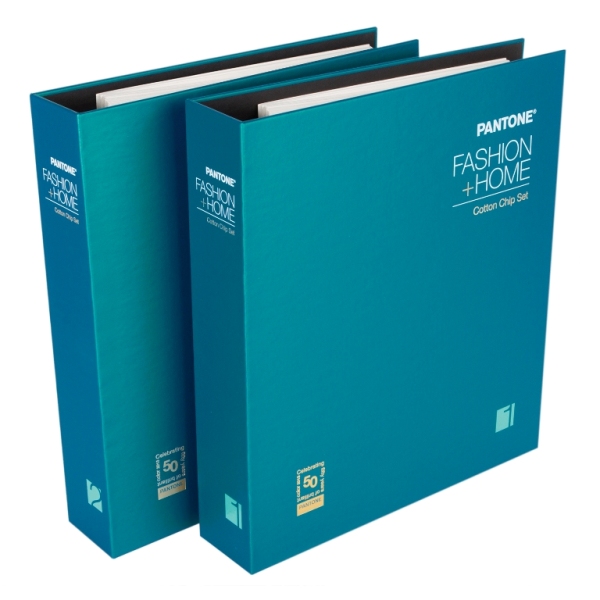Laboratory Equipment Used in the Garments and Textile Industry
Intro:
In the fast-paced world of garments and textile production, quality control plays a crucial role in ensuring that products meet industry standards and customer expectations. Laboratory equipment is an essential component of quality control processes in the garments and textile industry. In this blog article, we will explore the various laboratory equipment used in this industry and their significance in maintaining product integrity and customer satisfaction.
Fabric Testing Equipment: Fabric quality is of utmost importance in the garments and textile industry. Several laboratory instruments are employed to evaluate fabric characteristics, such as strength, durability, colorfastness, and shrinkage. Examples of fabric testing equipment include fabric strength testers, pilling testers, color fastness testers, crease recovery testers, and dimensional stability testers. These instruments help manufacturers ensure that fabrics meet required standards and perform well in the intended applications.
Color Measurement Tools:
Accurate color matching is vital in the garments and textile industry, where consistency across batches and products is essential. Spectrophotometers and colorimeters are commonly used to measure and analyze color parameters, ensuring color consistency and adherence to specified standards. These instruments help minimize color variations and maintain brand identity and customer satisfaction.
Seam and Stitch Quality Analyzers:
The strength and durability of seams and stitches directly impact the quality and longevity of garments and textiles. Seam slippage testers, seam pucker testers, and tensile strength testers are employed to assess seam integrity and evaluate stitch quality. By conducting rigorous seam and stitch testing, manufacturers can identify weak points and make necessary improvements to enhance the overall product quality and durability.
Garment Performance Testing Equipment:
To evaluate the performance characteristics of garments, specific laboratory equipment is used. This includes equipment for abrasion resistance testing, pilling resistance testing, tear strength testing, fabric drape analysis, and air permeability testing. These tests assess how garments withstand wear and tear, maintain their appearance, and provide comfort to the wearer. By conducting these tests, manufacturers can ensure that their products meet performance expectations and deliver on customer demands.
Chemical Analysis Instruments:
In the garments and textile industry, chemical analysis instruments are employed to test the presence of harmful substances, assess fabric composition, and evaluate the effectiveness of treatments or finishes. Instruments such as gas chromatographs, pH meters, and spectrophotometers are used to analyze chemicals, dyes, and finishes to ensure compliance with safety regulations and customer expectations for quality and sustainability.
Laboratory equipment plays a vital role in ensuring quality control and maintaining product integrity in the garments and textile industry. The wide array of equipment available helps manufacturers assess fabric quality, color consistency, seam strength, garment performance, and chemical composition. By utilizing these instruments effectively, manufacturers can identify and rectify potential issues, improve product quality, and meet customer demands. Investing in state-of-the-art laboratory equipment is crucial for the success and competitiveness of companies in the dynamic world of garments and textiles.







